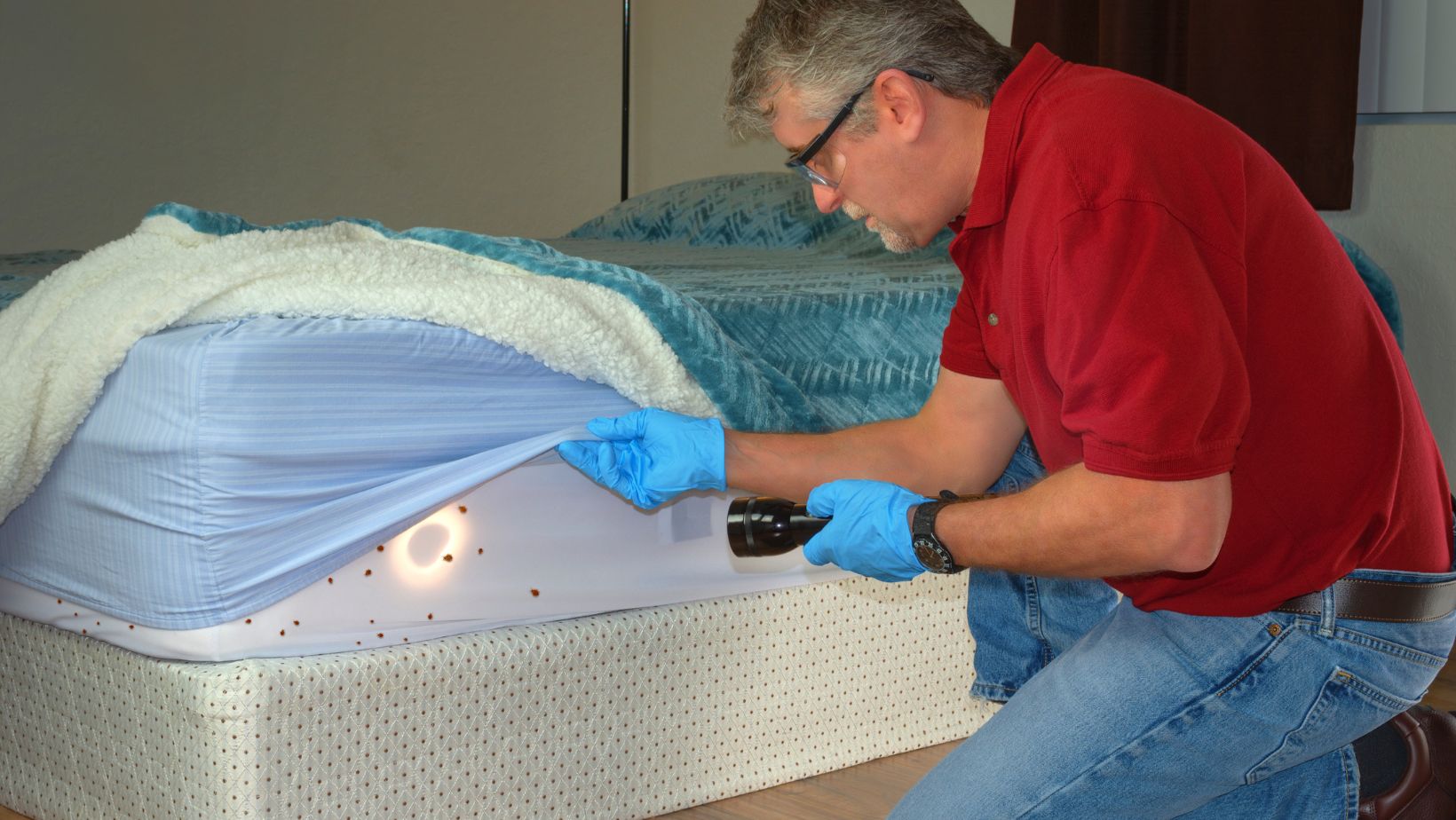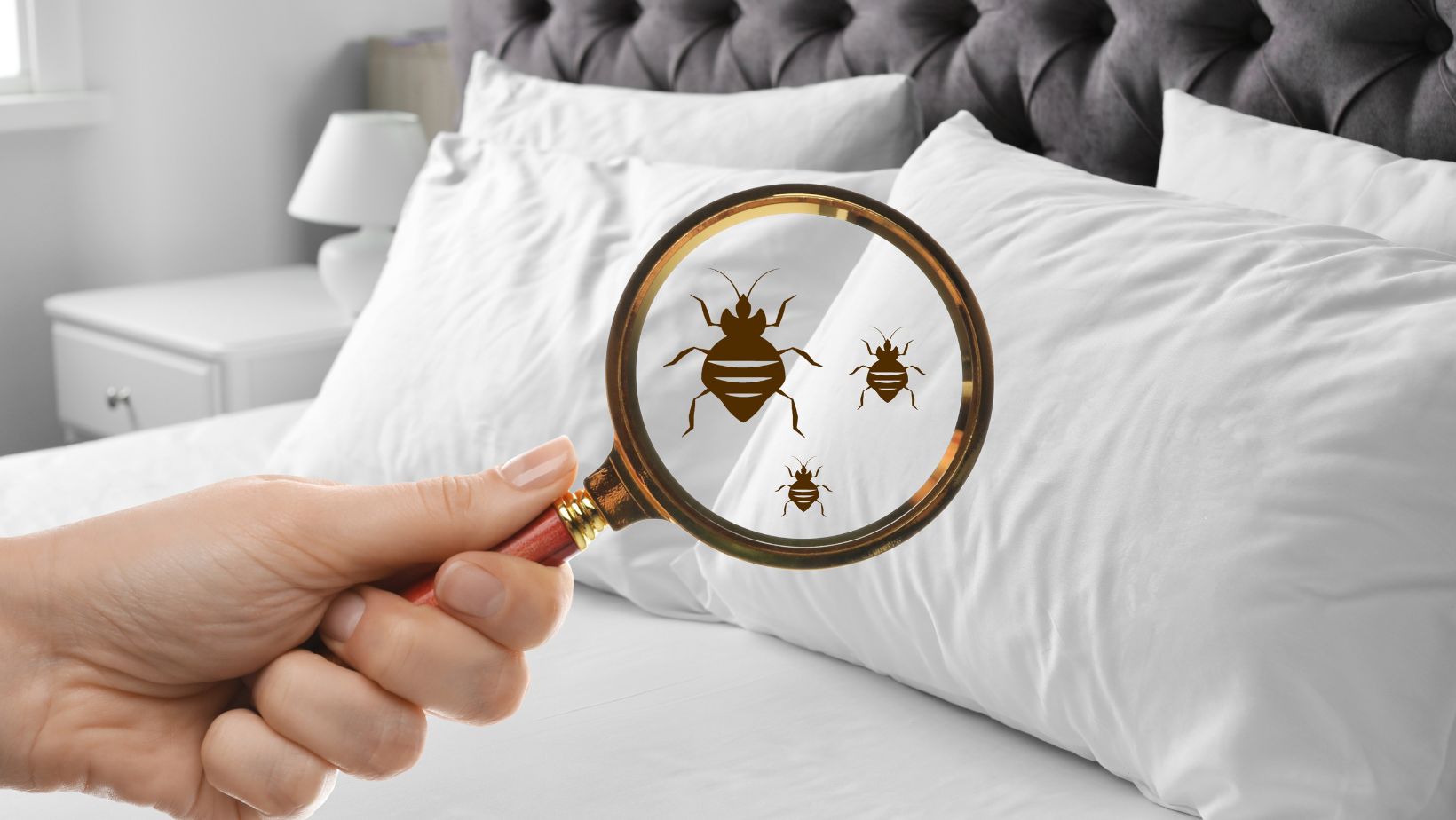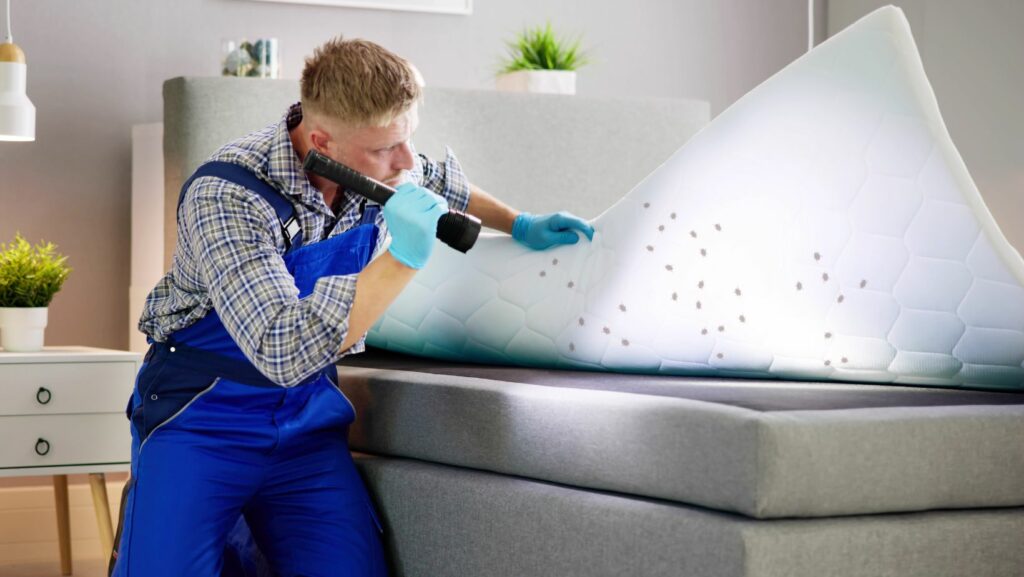Do you think your home is bed bug-free? Are you sure? These tiny pests are experts at hiding, often going unnoticed for months while multiplying rapidly. By the time you see one, there could be dozens—or even hundreds—lurking in your furniture, walls, and bedding. Overlooking the early warning signs can lead to costly extermination and weeks of frustration.
Meanwhile, the good news is that catching them can save you time and money. Knowing how to check for bed bugs properly can help you prevent a full-blown infestation. This guide will show you where they hide, what signs to look for, and when to call the experts.
Where Bed Bugs Hide (And Why You’re Not Seeing Them)
Bed bugs are masters of concealment, making them difficult to spot until an infestation grows. They seek out tight, dark spaces near their food source, often hiding in places that are hard to detect, including:
- Mattress seams & tufts: These tiny pests hide within the creases of your mattress and box spring.
- Furniture joints: This hides in the cracks of couches, chairs, and headboards.
- Baseboards & cracks: Small crevices along baseboards and wall cracks are ideal.
- Behind wall hangings: Items like picture frames or mirrors can provide hidden refuges.
Due to their tiny size and nighttime activity, bed bugs can go unnoticed for months, making regular inspections crucial.
The Tell-Tale Signs of a Hidden Infestation
Even if you haven’t seen a bed bug, there are clues that they might be lurking. These pests leave subtle yet distinct signs that can help you confirm their presence before the problem worsens.
Watch for the following indicators of an infestation:
- Bites: Red, itchy bumps often appear in clusters or lines, mostly noticed after you wake up.
- Stains: Look for minor, rust-colored stains on your sheets or mattress, which may be bed bug excrement.
- Shed skins: As they grow, bed bugs shed their skins. Finding these tiny, translucent pieces can indicate an infestation.
- Musty odor: A strong smell—often compared to wet towels or mold—can indicate a significant bed bug presence.
- Tiny white eggs: Bed bug eggs, about the size of a pinhead, often cluster in mattress seams, furniture crevices, or baseboards.
How to Check for Bed Bugs Like a Professional
Learning to inspect for bed bugs can help you avoid expensive damage and stop a minor issue from becoming a significant infestation. A careful, methodical approach is key to spotting these elusive pests early.
Follow the following steps for a thorough inspection:
- Start with Your Bed:
- Strip your bed completely.
- Carefully examine all the mattress and box spring seams, folds, and tufts.
- Inspect Nearby Furniture:
- Check couches, chairs, and headboards.
- Look along the joints and seams where bed bugs may hide.

- Use a Flashlight and Magnifying Glass:
- These tools help you spot the tiny insects in dimly lit areas.
- Pay extra attention to dark corners and crevices.
- Examine Other Common Areas:
- Inspect baseboards, cracks in walls, and behind wall hangings.
- Don’t forget to check behind picture frames and mirrors.
- Take a Systematic Approach:
- A methodical search is crucial. A systematic approach to checking for bed bugs will give you peace of mind.
- Document the findings for further evaluation if you notice any signs of bed bugs.
- Consider Professional Tools:
- Many exterminators use interceptors and specialized detectors to find bed bugs.
- Understanding how to check for bed bugs with these tools can make your inspection more effective.
When to Call in the Experts for an Inspection
Sometimes, a home inspection isn’t enough. If your self-check leaves you uncertain or if you discover signs of an infestation, professional help can provide the accuracy and expertise needed for proper detection.
Here are the following factors to consider:
- Professional inspections: Professional exterminators conduct thorough inspections that can reveal hidden infestations homeowners might overlook during a DIY search.
- Cost-effective in the long run: Early expert detection can save you thousands by preventing a full-blown infestation.
- Expert advice: They have the experience and tools to confirm a diagnosis and recommend the best treatment plan.
- Advanced detection methods: Professionals use specialized equipment, such as bed bug-sniffing dogs, heat sensors, and traps, that provide more accurate results than a visual inspection alone.
- Targeted treatment plans: Pest control experts can identify the severity of the infestation and recommend the most effective treatment, reducing the chances of re-infestation.
Prevent, Detect, and Eliminate!
Bed bugs are sneaky, but you don’t have to wait until an infestation gets out of control. By learning how to check for bed bugs in Oakland, CA, you can catch them early, avoid costly treatments, and protect your home. A quick inspection today could save you from months of stress and frustration.

So, don’t ignore the warning signs—act before a small problem becomes a nightmare. A professional inspection can give you peace of mind if you’re unsure. Is your home honestly bed bug-free, or are they just hiding where you haven’t looked? The time to find out is now.

